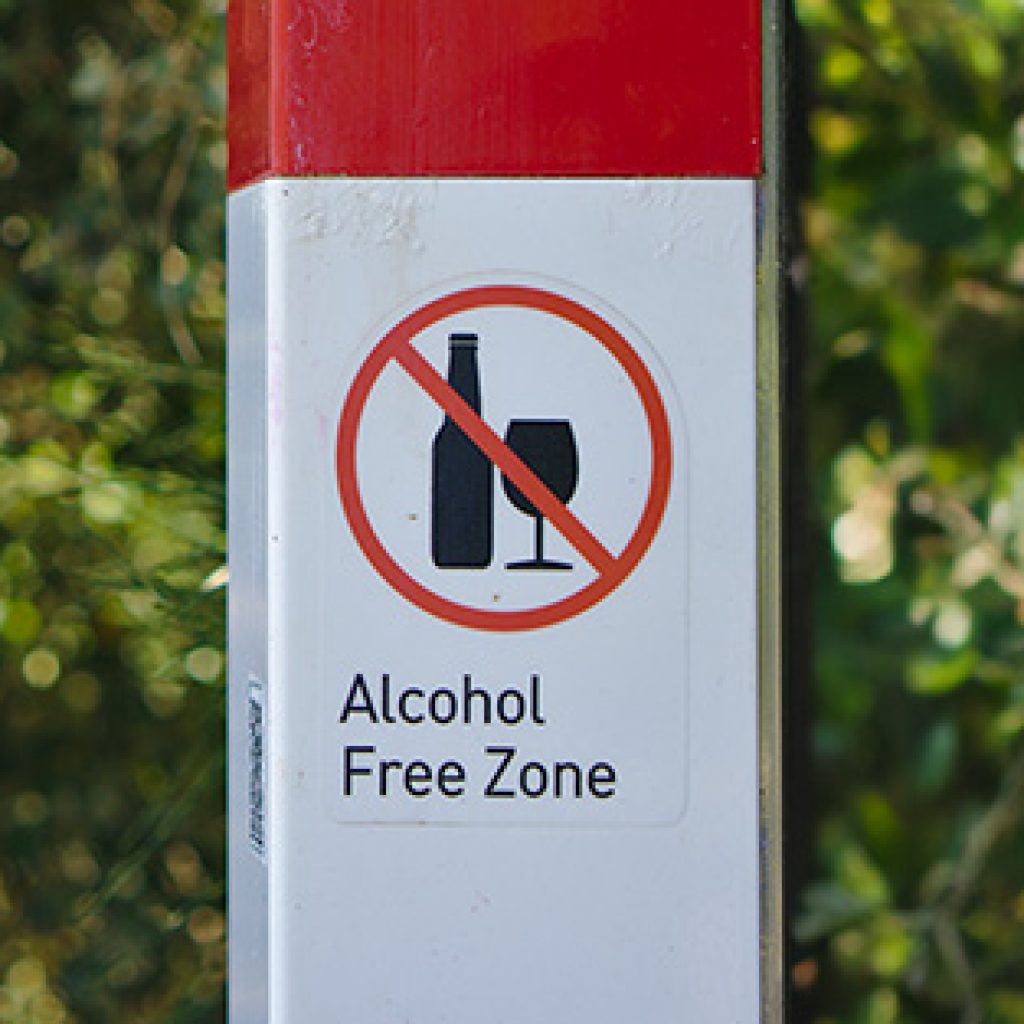Stress First Aid to Combat Burnout and Compassion Fatigue
Stress First Aid to Combat Burnout and Compassion Fatigue
The past few years have had a tremendous amount of stress and challenges. To name a few stressors we’ve endured – the pandemic, political uncertainty, climate change, the opioid epidemic, mass shootings, financial instability, and the list goes on… Today, we see what is happening in Ukraine. The massive amount of stress, uncertainty, and trauma in our world has had an impact on everyone – including providers.
Stress continues to be a major concern for both physical and mental health. According to APA’s Annual Stress in America Study (2021), 80% of Americans reported prolonged stress. Studies have demonstrated that long-term stress has an effect on the immune system (i.e., raises the risk for viral infections) and impact a person’s risk of developing chronic disease – such as heart disease and diabetes (Salleh, 2008). In addition, 84% of people reported feeling emotions associated with stress in the last 2 weeks. The most common emotions included: anxiety – 47%, sadness – 44%, and anger – 39% (American Psychological Association, 2021).
As care provider’s none of this is new information – as you live the reality every day. Many are weary and warn down. With the constant state of change and daily chaos, this massive amount of stress and uncertainty, poses a threat to physical and psychological health of providers. According to Singh, Volner, & Marlowe (2021), burnout is becoming an epidemic and is characterized by emotional exhaustion, depersonalization, and a sense of reduced personal accomplishment. Providers are not immune to stress, trauma, and burnout.
When we combine high levels of stress with exposure to secondary trauma providers are also at risk for compassion fatigue (Cocker & Joss, 2016). Compassion fatigue is a common response to long-term/intense exposure to trauma. Common symptoms include feeling anxious, intrusive thoughts, hypervigilance, numbness, a feeling of nothing left to give (Clay, 2020) Alternatively, we experience compassion satisfaction, which is when you feel job satisfaction and work-life balance. Compassion satisfaction is a protective factor against compassion fatigue (Thapa et al., 2021).
In most healthcare settings, providers are exposed to regular, prolonged, and intense amounts of stress and secondary trauma. When we look at the factors responsible for provider burnout and compassion fatigue there are several factors that are correlated which include: increased work hours, provider shortages, bureaucratic/administrative work, electronic health records, failure to achieve work-life balance, increased focus on productivity, lack of leadership support, lack of meaningful work, lack of collegiality at work, lack of individual and organizational value alignment, and lack of flexibility/work control (Singh, Volner, & Marlowe, 2021). These factors pose a challenge to the psychological health of those working to help promote mental wellness, all of which are primarily organizational factors.
So how, do we promote healthier work environments. Other organization have found that flexible work hours, career growth opportunities, management support, effective leadership, networking, continuous workplace improvement programs, peer support programs all help to promote healthy and compassionate workplaces (Thapa et al., 2021). Another helpful tool has been to apply Stress First Aid within an organization. Stress First Aid helps to catch early warning signs of severe stress and helps people to get support when needed by creating a common language and communication tool for identifying the impact of stress.
The National Center for PTSD developed the Stress Continuum model as a key component of the Stress First Aid program. This model is used widely among the military, first responders, and healthcare professionals, and aids people in these helping professions to identify and address signs of stress early and continuously. Since stress is continually changing depending on the environment and the experiences we encounter, it has been found to be supportive tool (Watson, P., & Westphal, R.J., 2020).
Self-reflection: Where do you find yourself on the continuum?
Sometimes we forget to pay attention to our own stress, and we are unaware of which stress zone we are in as we get wrapped up in the demands of life (Watson, P., & Westphal, R.J., 2020). The first step in caring for ourselves and others is awareness. If you find yourself in the orange or red zone, you are not alone – at least 50% of providers report symptoms of burnout (Singh, Volner, & Marlowe, 2021). It’s also important to look out for colleagues and find ways to communicate when you notice someone is struggling.
According to Stress First Aid (Watson, P., & Westphal, R.J., 2020), the five essential elements to recover from stress include:
1) Promote a sense of safety
It’s critical to establish and maintain psychological safety at work. Psychological safety is the belief that one can speak up without risk of punishment or humiliation.
Self-Reflection: Do you have a sense of psychological safety in your workplace? What would increase your sense of psychological safety?
2) Promote calming
Some stress is beneficial for us, but when it becomes overwhelming and constant, it becomes a problem. Physiological symptoms such as increased heart rate, blood pressure and respiration are associated with disruption in sleep, lack of hydration, poor decision-making, and long-term help problems. Each day, it is important to help calm the nervous system. What is calming for one person (i.e. deep breathing) may not be calming for another. It’s important to find what works to help calm your nervous system, and then do it daily.
Self-Reflection: What helps you to calm your nervous system during times of stress?
3) Promote connectedness
Social connections continue to be one of the strongest protective factors against stress and helps to promote both physical and emotional well-being.
Self-Reflection: Who in your life helps you to recharge?
4) Promote sense of self and collective efficacy
A person’s confidence in their ability to handle stressful events, and solve problems helps a person to recover more quickly from stressful events.
Self-Reflection: On a scale of 1-10, how confident do you feel in your ability to recover quickly from stressful situations? What lowers your confidence level? What raises your confidence level?
5) Promote a sense of hope
Having a sense of hope promotes optimism, faith, and a belief that things will work out in the best possible way.
Self-Reflection: What gives you hope?
As you may have noted none of these elements are prescriptive. You are a master at handling stress, and yet sometimes life pushes us over our threshold for managing stress effectively. You know what works best for you. Taking time to pause, assess what is happening, and make a plan that feels reasonable can help us to deal with stress when it becomes too much. Our brains are wired to want certainty, our ability to plan/problem solve is hindered during times of uncertainty. If you find yourself feeling stuck or ruminating about a problem – perhaps shorten the length of time you are planning/problem solving for.
If you’d like to hear more from the developer of Stress First Aid, Patricia Watson, PhD, please listen to Season 2, Episode 2 of CASAT Conversations.
Ready to Learn More?
CASAT Learning is offering a LIVE Webinar March 25 at 11:30 am.
Acknowledging Compassion Fatigue and Building Compassion Resiliency
This heart-felt, multi-media, interactive presentation seeks to provide some solace from all that we are currently experiencing.
Learning Objectives:
- “Why do I feel so tired/sad/mistrustful/worried/frustrated”?
- “Compassion Fatigue” what is it and how it impacts one’s mind/body/soul/relationships.
- Description and discussion of “Chronic Stress” and some ways to break the “Stress Cycle”
- Description of ways to honor ourselves and others as we continue to move through uncertain times – Compassion Resiliency.
- The beauty of “AND” – how to experience moments of joy amidst all that we are living through.
Presented by: Rhonda M Lawrence, MA, MFT
Continuing Education Units: 1.5 CEUs
- Nevada State Board of Nursing
- Board of Examiners for Marriage and Family Therapists and Clinical Professional Counselors
- State of Nevada Board of Examiners for Social Workers
- Nevada Certification Board – Approved for PRSS, CHW, & Prevention
*Hurry, as spaces are filling up fast. *If full, we will offer another one in the near future. Sign-up for our email list to be notified of future trainings.
Your Turn: How is your organization supporting the well-being of providers?
Additional resources may be found on the CASAT OnDemand Resources & Downloads page.
This article was developed by Heather Haslem, M.S. Feel free to use, link to, or distribute this information. A link to our site and attribution would be much appreciated.
References
American Psychological Association. (2021). 2021 Stress in America Graphs. American Psychological Association. Retrieved February 24, 2022, from https://www.apa.org/news/press/releases/stress/2021/infographics-january
Clay, R. (2020). Are you experiencing compassion fatigue? American Psychological Association. Retrieved February 24, 2022, from https://www.apa.org/topics/covid-19/compassion-fatigue
Cocker, F., & Joss, N. (2016). Compassion Fatigue among Healthcare, Emergency and Community Service Workers: A Systematic Review. International journal of environmental research and public health, 13(6), 618. https://doi.org/10.3390/ijerph13060618
Salleh M. R. (2008). Life event, stress and illness. The Malaysian journal of medical sciences : MJMS, 15(4), 9–18.
Singh, R., Volner, K., & Marlowe, D. (2021). Provider Burnout. U.S. National Library of Medicine. Retrieved February 24, 2022, from https://www.ncbi.nlm.nih.gov/books/NBK538330/
Thapa, D. K., Levett‐Jones, T., West, S., & Cleary, M. (2021). Burnout, Compassion Fatigue, and resilience among healthcare professionals. Nursing & Health Sciences, 23(3), 565–569. https://doi.org/10.1111/nhs.12843
Watson, P., & Westphal, R.J. (2020). Stress First Aid for Health Care Workers. National Center for PTSD. Available on: www.ptsd.va.gov.
Blog Post Tags:
Related Blog Posts
Related Learning Labs
Related Resources
.
- Buscar Tratamiento de Calidad para Trastornos de uso de Sustancia (Finding Quality Treatment for Substance Use Disorders Spanish Version)
- Finding Quality Treatment for Substance Use Disorders
- Focus On Prevention: Strategies and Programs to Prevent Substance Use
- Monthly Variation in Substance Use Initiation Among Full-Time College Students
- The National Survey on Drug Use and Health (NSDUH) Report: Monthly Variation in Substance Use Initiation Among Adolescents








